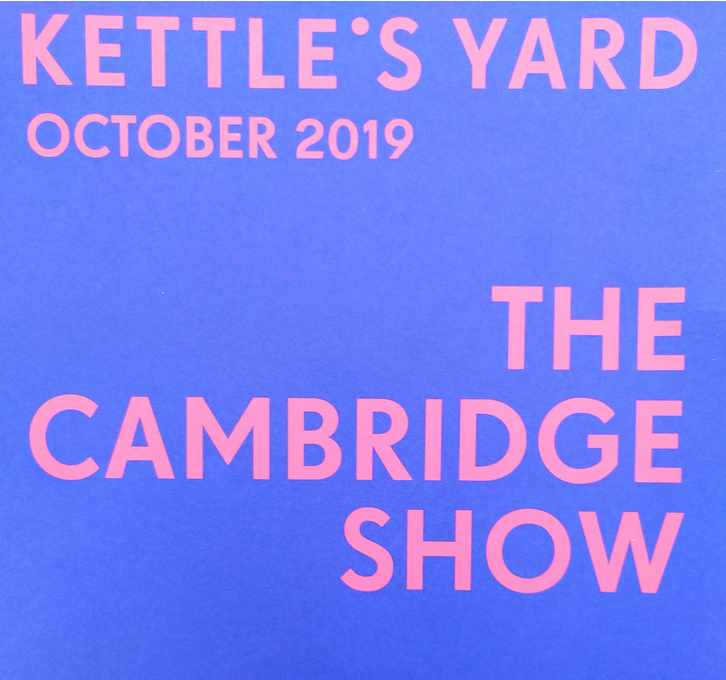Lothbury Gallery 1998
NatWest Art Prize 1998 Lothbury Gallery, London Sue Arrowsmith/Alexandra Baraitser/Sybille Berger/Alan Brooks/Luke Caulfield/Tacita Dean/Jeff Gibbons/Alexis Harding/Nicky Hoberman/Callum Innes/Jason Martin
British School at Rome, 1997
Prizewinner. Selected as the Abbey Scholar in Painting for a 7 month residency and solo exhibition.
John Moores
Painting Prize, 1996
Selected alongside artists such as Dexter Dalwood, Mark Wallinger and Albert Irvin.






